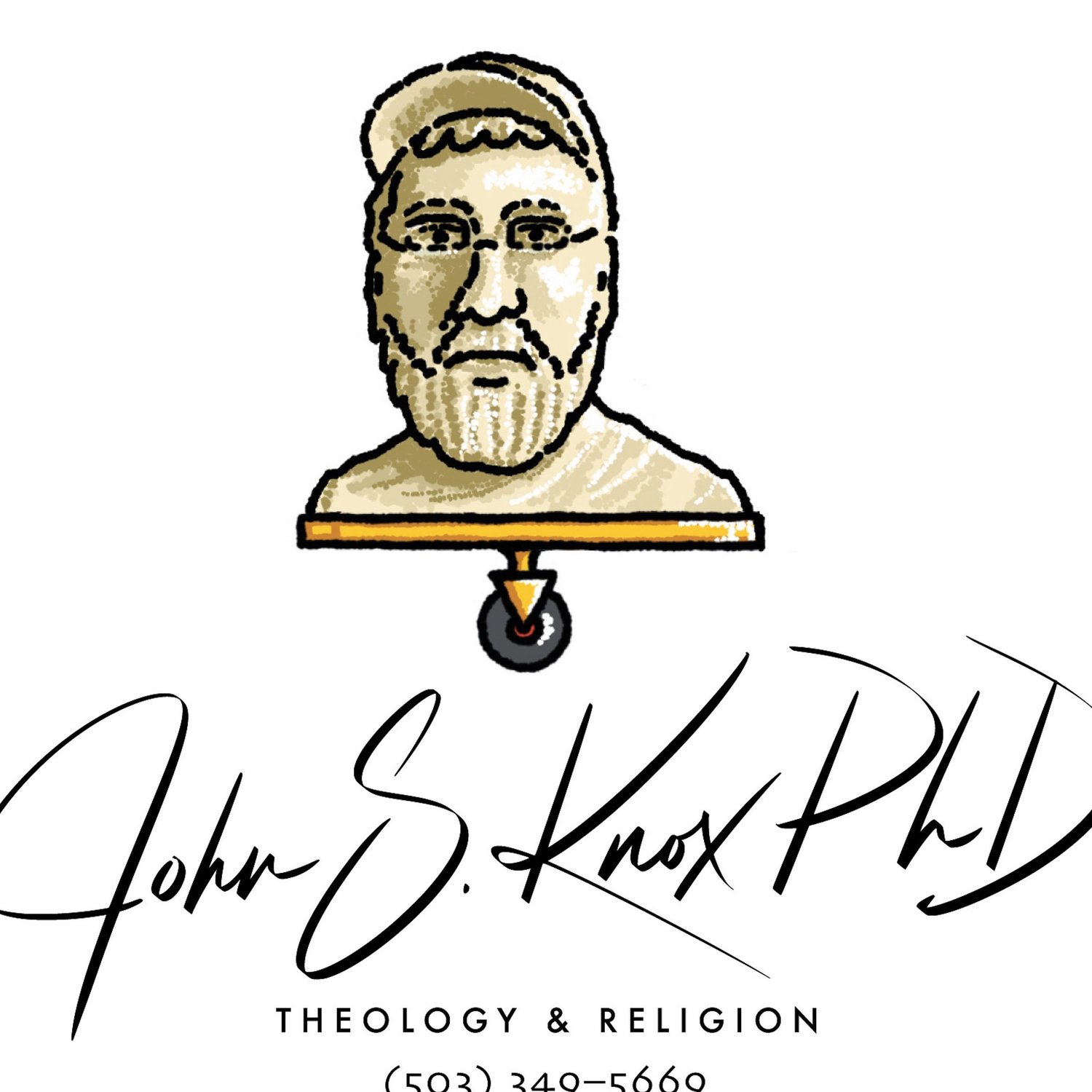One of the most intriguing modern approaches to literary criticism concerns Psychoanalytic Theory. The Johns Hopkins Online Guide to Literary Theory provides a sophisticated, positive description of psychoanalytical theory and some of its key critics. Regarding the theory itself, instead of simply approaching literature in terms of “neurosis,” the Guide suggests that the finest critics utilizing this theory “deploy the tools of psychoanalysis to explore precise terms of language, metaphor, and character.” Thus, critics such as Ernest Jones, Otto Rank, Ella Sharpe, Marie Bonaparte, and Frederick Crews analyze literature looking for symbolism (body image, sexuality, death), family dynamics (Oedipal/Electra complexes), metaphorical understandings (classic Freudian interpretation), unconscious manifestations (dream analysis), and sexual orientation (ambivalence, fantasy, gratification). According to the Guide, each of these critics takes psychoanalytical literary analysis beyond the stereotypical, simplistic understanding of psychoanalysis into a truly sophisticated, psychological world.
Additionally, the Guide offers supplemental pages on key psychoanalytical literary critics (such as Harold Bloom and Henry James) who enhance the understanding of this theoretical approach. Harold Bloom is presented as a good example of a literary critic whose approach shifted from “mythopoetic themes to the uncovering of psychopoetic relationships.” His complex methodology involved him in more revisionist approaches to the literary works of poets like Blake, Yeats, Homer, and Shakespeare, and it even asserted that Freud himself ironically came up with his psychoanalytical theory based on his reading of poetry. As such, Bloom suggested an approach that utilizes psychoanalytical theory, but is not limited or restricted to analyzing texts with Freud’s original tenets. In fact, the role and purposes of the author is intertwined with their lives and other texts. The Guide states, “A poem must consequently be understood as an overdetermined anxiety that embroiled poet, precursor, and critic in an endless struggle to renegotiate their interrelations.” Because of this, the Guide lauds Bloom as a critic who transcends “any interpretive power devised to contain him.”
The Guide also provides an excellent description and analysis of the literary criticism of Henry James. As in the main page, this presentation of James promotes the (later) sophistication of his approach to literary criticism. The Guide states, “In 1884—the great turning point in James’s critical career—his moral attitudes, like his critical perspective in general, became infinitely more complex, refined, and analytical.” James’ approach to writing incorporated a new understanding of the conscious roles of the writer and the reader—one that provided the opportunity of even creating new, unique relationships in literature. Thus, he is considered by many to be a visionary; others consider him to be more of a synthesizer. The Guide states, “James is in truth neither a formalist nor a realist but, in some sense, both together.”
Like Bloom, he sought to move beyond simple Freudian approaches to literature to a highly nuanced and mature realm specifically as it came to morality and personal perception. He was concerned with and utilized psychoanalytical understandings, but did not limit himself by it. In fact, he used it more as a springboard for new approaches. “Placing consciousness as the center of both life and art makes an almost revolutionary break from the conventional realism of his contemporaries and connects James, as many have noted, with modernist and phenomenological modes of thought.” As such, the Guide suggests that James is more of an artist than an entertainer, and thus his works have more than just popular appeal. They manifest a particularly unique understanding of self-realization, ethics, and awareness.
All of these offerings in the Johns Hopkins Online Guide to Literary Theory provide crucial information that enhances the understanding of Psychoanalytical Theory as it is concerned with literature. Too often, Freud’s approach is applied thickly and dully, without any regard to the nuances of author/reader culture, personality, or drive, etc. The Guide promotes a much deeper reading and analysis of literary works that moves interpretation past the popular, stereotypical understandings of psychoanalysis. Specifically, it points to several critics who have successfully done just that; they have all utilized Freud’s approach; however, they have not stopped there. Psychoanalysis is not the end point for their investigations of literature; rather, it has been the launching point for new and inventive ways of understanding the role of the author and the reader.
Works Cited
Groden, Michael, Martin Kreiswirth, and Imre Szeman, eds. The Johns Hopkins Online Guide to Literary Theory. Second Ed. Baltimore: John Hopkins University Press, 2004.

